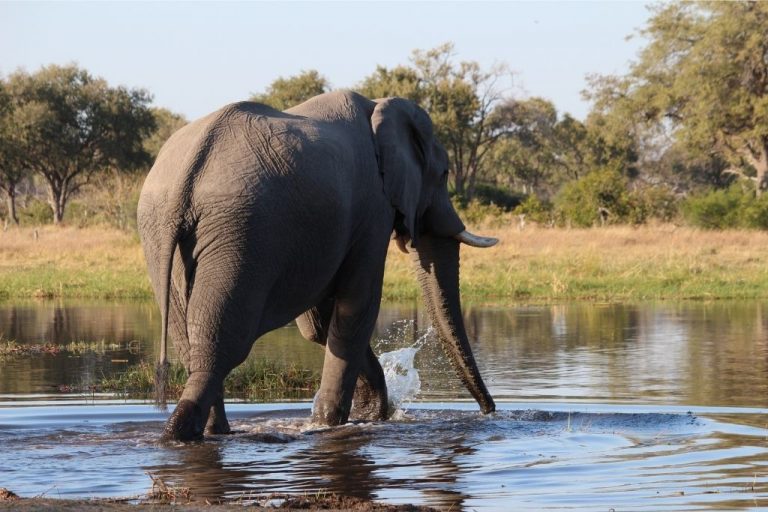A landlocked country in West Africa, Niger was named after the Niger River, which flows through the country.
As one of the poorest nations in Africa, it is heavily dependent on the exports of uranium, gold, and onions. On the bright side, it’s also one of the most exciting and unique countries in Africa with a rich history and culture.
Niger has a lot of things to offer.
There are many reasons to travel there. It is a relatively small country, and its climate is warm and dry almost all year round.
Geography
Niger is bordered by Algeria to the northwest, Libya on the northeast, Chad on the east, Nigeria and Benin on the south, and Burkina Faso and Mali on the west.
Extending 1,200 km from north to south and 1,460 km from east to west, Niger has arid highlands intersected by numerous depressions.
It has three different zones: desert zones, intermediate zone, and cultivated zone.
It houses the basin of Lake Chad in the east region of the country. The Komadougou Yobe River flows into this lake from the west, and its level rises during August.
It has three kinds of soils. It has infertile soil in the Saharan region, whereas, in southern regions, the soil is cultivable.
Climate
Niger lies in the tropic of Cancer and dry tropical desert. It falls in one of the world’s hottest regions.
Its southern region has a Sahelian climate where it gets only a single, short rainy season throughout the year.
The Harmattan wind blows southwestward from the Sahara during January and February. This wind hinders the living condition of people, so it’s better not to visit this country during these months.
Niger gets rainfall during August in most parts of the country besides the far north.
The temperatures are hot from February to May whereas, the winters begin in December or January.
Best time to visit Niger
The best time to travel to Niger is in January and February, then July till December. These are the times when the temperatures are hot and have limited rainfall.
Nature and Wildlife
Niger’s desert zone gathers around the oases and includes the date palm and cultivated corn.
Doum palm and the cram-cram are abundant in the Sahel zone. These vegetation are used for grazing. Here, you can find ostriches and gazelles.
There are acacia trees, baobabs, palmyra, and doum palms in the cultivated areas of Niger.
Wildlife has partly vanished; however, you will find antelopes, elephants, giraffes, and warthogs in the country.
Go to the river banks of the niger to check out hippopotamuses and crocodiles.
It would be best to visit the W National Park to check out antelope, buffalo, lions, hippopotamuses, and elephants.
People
The Hausa tribe is the largest linguistic group in Nigeria, and their language is spoken and understood by a considerable percentage of the population.
Another most important language in the country is Songhai. This language is also spoken in Mali and northern Burkina Faso.
English is taught in all secondary schools. However, French is the official language of Niger. So if you know how to speak this language, you’re in luck.
Even better, if you learn Hausa and Songhai languages before visiting this country.






